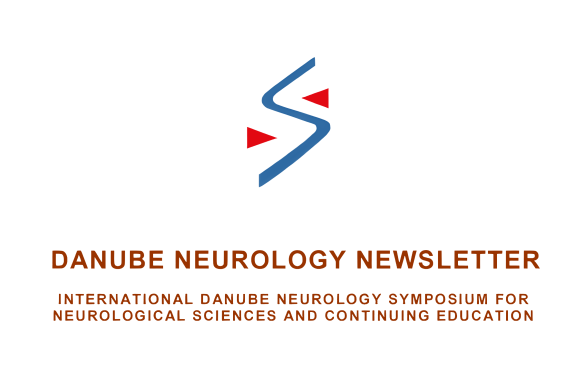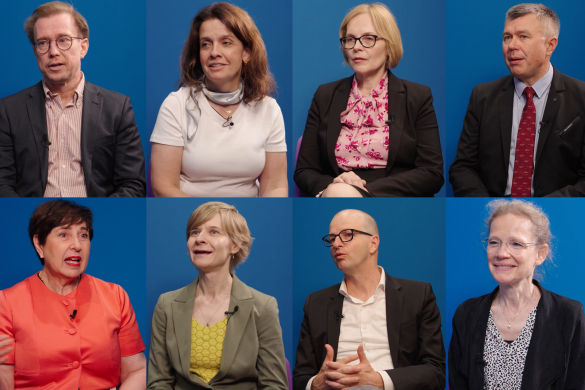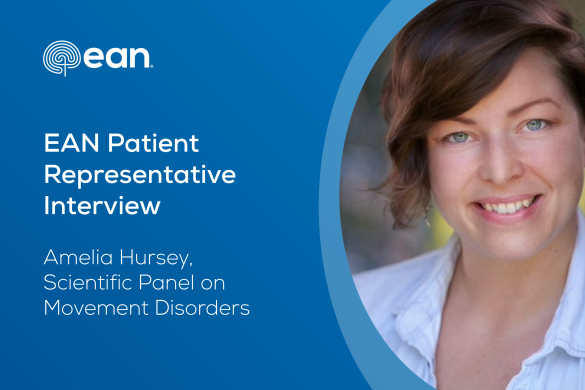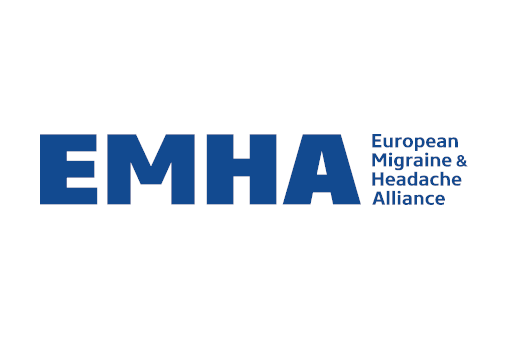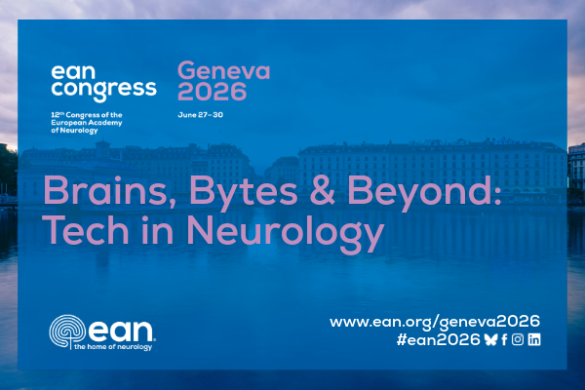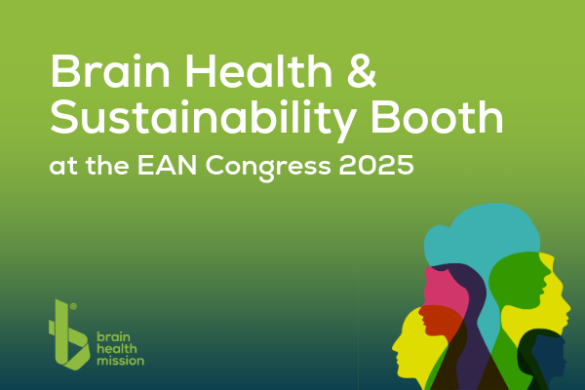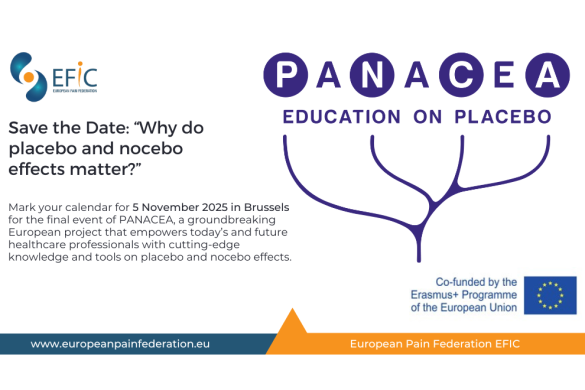Prof. D. Muresanu interviews Prof. Michael Brainin, President of the World Stroke Organization (WSO)
Dear Prof. Brainin, thank you for accepting the interview.
1. As President of the WSO, can you briefly introduce the organization, its structure and aims to the EAN readers.
The World Stroke Organisation (WSO) is the only global voice of stroke. It has the mission to alleviate the burden of stroke on a global level. We even have the vision that there could be a life free of stroke. Admittedly, we have a long way to go with the current stroke epidemic resulting in 15 million strokes and six million deaths annually. Stroke often is a disabling and chronic disease and involves not only medical needs but also psychological and socioeconomic needs. With the declared aim of the World Health Organisation of achieving unified health coverage at no cost or affordable cost, almost no other disease would be battled more effectively. The WSO is an accredited NGO at the World Health Organization and regularly makes use of its right to be involved and to comment on the decisions and actions taken. The WSO is also active in the Non-Communicable Diseases (NCD) Alliance and the Circulatory Health Coalition, together with other societies and organizations involved in the prevention and care of vascular diseases. Most recently the WSO proclamation of prevention of stroke and dementia has been published and other prevention campaigns such as ,,Cut Stroke in Half’’ have started in major regions such as in Brazil and India. Last year, we headed a global campaign which was based on the fact that one of four adult persons will suffer a stroke in his or her lifetime. We led the campaign ,,Four in one, don’t be the one’’ which had an extraordinary resonance and millions of responses especially during the World Stroke Day which was celebrated in over 80 countries around the world.
2. Stroke has a major impact on the lives of many worldwide. How does WSO address prevention of Stroke?
Representing more than 3.000 individual members and over 80 stroke societies and stroke support organizations, the WSO leads a larger number of educational activities and scientific programs. This year the World Stroke Congress will be held on November 7-9 together with the European Stroke Organization. Our journal, the International Journal of Stroke, is a high-ranking scientific journal (impact factor >4) and has a strong reputation for picking up global issues.
3. After a very long and difficult debate, the newly published WHO ICD 11 has correctly classified stroke as a Disease of the Nervous System. What impact will this decision have on the work of WSO?
We are proud to have been part of this debate which we led into a successful conclusion for the ICD revision. There, stroke is now under one single heading and recognized as a brain disease. With this innovation, we now can follow stroke per diagnoses around the globe over time, make inferences with our epidemiological observations, conclude better according to the needs of our patients and caregivers. The importance of this change cannot be overemphasized because the fragmentation of stroke into many subcategories, subspecialties and subchapters have prevented everyone from seeing what neuroepidemiologists among us always knew: stroke is a leading and extremely disabling disease and is much more frequent than, for example, myocardial infarction or some other entities that have been postulated as dominating the list of major disabling diseases in the adult population. Moreover, we see that a third of all strokes occur under the age of 60, and this clearly revises the idea that stroke only strikes the old and the very old.
4. Covid-19 has severe repercussions for all neurological disorders but for stroke in particular. Can you summarise the major findings of the recently conducted survey of the WSO?
We have seen reports coming in very early at the end of March and beginning of April from more than 20 countries showing that acute stroke care has been put in the second row due to the realities and scares of the COVID-19 pandemic. This was followed by a survey where reports showed that, in some centers, the numbers of stroke admissions to hospitals have been going down as far as 80% from its previous levels, in other centers only a reduction of 40 % was seen, very few reported no changes We are now in the process of catching up with these developments at least in some parts of the world where the infection numbers are going down. It is a sad reality that many stroke patients did not reach treating hospitals in time to administer acute therapies within the time window of effectiveness or – due to the misunderstanding, that patients should stay at home- did not even seek hospital treatment. Thus, irreparable damage was done by depriving stroke patients of their acute care, assessment and secondary prevention and rehabilitation. We are now enforcing a global campaign concept ”Don’t stay at home’’ for all acute stroke patients and reach out again to all patients in need of care.
Dear Prof. Brainin, I thank you for this very interesting interview and wish you and WSO all the best for the future.
Prof. D. Muresanu, Chair, EAN Communication Committee




